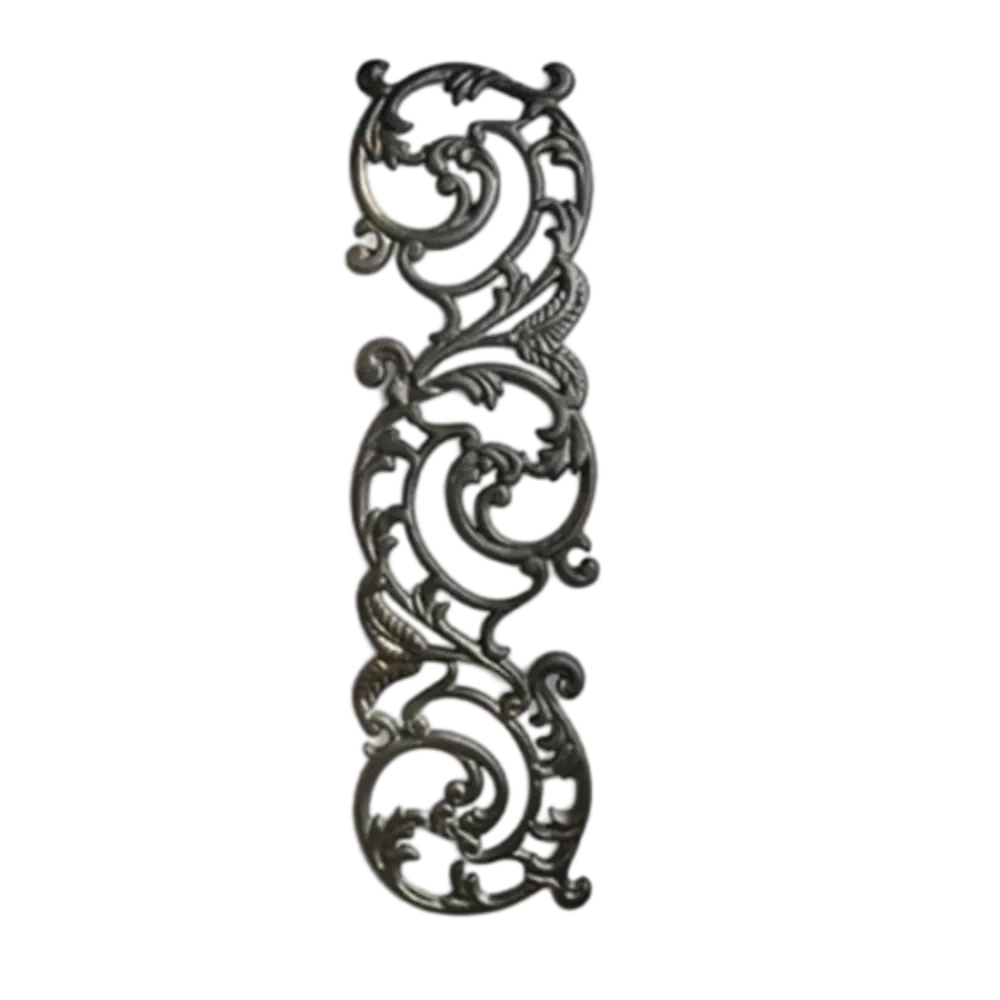How to Properly Adjust Sliding Door Wheels for Smooth Operation
Adjusting Sliding Door Wheels A Comprehensive Guide
Sliding doors are a popular choice in many homes and businesses. They offer seamless access to outdoor spaces, enhanced natural light, and an elegant aesthetic. However, like all mechanical systems, sliding doors can experience wear and tear over time. One common issue is misaligned or malfunctioning wheels. Adjusting sliding door wheels is an essential maintenance task that can significantly improve the door's performance. In this article, we will explore how to identify problems with sliding door wheels and guide you through the adjustment process.
Understanding Sliding Door Wheels
Sliding door wheels, or rollers, are the components that facilitate the smooth opening and closing of your door. They are typically situated at the bottom of the door, allowing it to glide along a track. Over time, these wheels can become damaged, dirty, or misaligned, resulting in a door that sticks, doesn’t close properly, or makes excessive noise. Before diving into adjustment techniques, it’s important to diagnose the nature of the issue.
Identifying Issues with Sliding Door Wheels
Common signs of issues with sliding door wheels include
- Difficulty opening or closing the door If you find yourself wrestling with the door, it could be a sign that the wheels are worn or misaligned. - Excessive noise Grinding or squeaking sounds when sliding the door can indicate that the wheels require lubrication or replacement. - Gap at the top or bottom of the door If the door doesn’t sit flush in the frame, the wheels may need adjustment.
Tools You May Need
To adjust sliding door wheels, you’ll typically need
- A screwdriver (flathead or Phillips, depending on your door) - Lubricant (like silicone spray) - A cloth for cleaning - A level (optional, for precision)
Step-by-Step Guide to Adjusting Sliding Door Wheels
adjusting sliding door wheels

1. Inspect the Door and Track Begin by examining the sliding door and its track. Check for any debris or obstructions that might hinder the wheels' movement. Clean the track with a cloth to remove dirt, dust, or grime.
2. Check the Wheels Look closely at the wheels themselves. If they are cracked or severely worn, it may be time for replacement. If they appear dirty, wipe them down with a cloth.
3. Adjust the Wheels - Locate the Adjustment Screws Most sliding doors have adjustment screws located either on the top or the bottom of the door. These screws are typically marked with a + or - to indicate the direction of adjustment. - Make Adjustments Using a screwdriver, turn the screws to raise or lower the wheels. Turning clockwise usually raises the wheel, while turning counter-clockwise lowers it. Make small adjustments — typically a quarter turn is sufficient.
4. Test the Door After adjusting the wheels, test the door to evaluate its movement. Open and close the door several times to see if it slides smoothly and sits flush with the frame. Repeat the adjustment process if necessary.
5. Lubricate the Wheels If the door still makes noise or isn’t gliding smoothly, lubricate the wheels. Apply a silicone-based lubricant to the wheels and the track, ensuring that it gets into all moving parts. Wipe away any excess to prevent dirt accumulation.
6. Final Inspection After making all adjustments and lubricating the wheels, perform one final inspection. Ensure that the door opens and closes effortlessly and sits comfortably within the frame.
Preventative Maintenance
To ensure the longevity of your sliding door wheels, consider performing regular maintenance. Clean the track and wheels periodically and apply lubricant as needed. Additionally, regularly check for misalignment and adjust the wheels before they become a bigger issue.
Conclusion
Adjusting sliding door wheels is a straightforward process that can enhance the functionality and lifespan of your sliding door. By keeping an eye on the wheels and performing routine maintenance, homeowners can avoid many common issues associated with sliding doors. Remember, if you encounter extensive damage or find the adjustment process challenging, consulting a professional can save time and ensure a proper fix. Enjoy the convenience and beauty of your sliding door for years to come!
-
Wrought Iron Components: Timeless Elegance and Structural StrengthNewsJul.28,2025
-
Window Hardware Essentials: Rollers, Handles, and Locking SolutionsNewsJul.28,2025
-
Small Agricultural Processing Machines: Corn Threshers, Cassava Chippers, Grain Peelers & Chaff CuttersNewsJul.28,2025
-
Sliding Rollers: Smooth, Silent, and Built to LastNewsJul.28,2025
-
Cast Iron Stoves: Timeless Heating with Modern EfficiencyNewsJul.28,2025
-
Cast Iron Pipe and Fitting: Durable, Fire-Resistant Solutions for Plumbing and DrainageNewsJul.28,2025
-
 Wrought Iron Components: Timeless Elegance and Structural StrengthJul-28-2025Wrought Iron Components: Timeless Elegance and Structural Strength
Wrought Iron Components: Timeless Elegance and Structural StrengthJul-28-2025Wrought Iron Components: Timeless Elegance and Structural Strength -
 Window Hardware Essentials: Rollers, Handles, and Locking SolutionsJul-28-2025Window Hardware Essentials: Rollers, Handles, and Locking Solutions
Window Hardware Essentials: Rollers, Handles, and Locking SolutionsJul-28-2025Window Hardware Essentials: Rollers, Handles, and Locking Solutions -
 Small Agricultural Processing Machines: Corn Threshers, Cassava Chippers, Grain Peelers & Chaff CuttersJul-28-2025Small Agricultural Processing Machines: Corn Threshers, Cassava Chippers, Grain Peelers & Chaff Cutters
Small Agricultural Processing Machines: Corn Threshers, Cassava Chippers, Grain Peelers & Chaff CuttersJul-28-2025Small Agricultural Processing Machines: Corn Threshers, Cassava Chippers, Grain Peelers & Chaff Cutters












